Introduction
Have you ever wondered why, despite our planet’s abundance of species found around the world, there is a lack of hybrids between species? Or to put it better, rather than a lack of hybrids have you ever wondered why you never see cat-dogs running around every street or other such outrageous mammalian hybrids? Well allow me to inform you on who we have to thank for the lack of terrifying hybrids on our planet as that would be non-other than the wonderous egg coat. This egg coat is otherwise referred to as the zona pellucida and plays an important part during fertilization. You see the zona pellucida has many crucial functions, one of which is to avoid the above mentioned hybrids.
Zona pellucida
The egg coat is a coat that covers the mammalian oocyte, surrounding the plasma membrane. It is the zona that determines specie specificity during fertilization. The zona is made up of glycoproteins that the oocyte produces. Humans have four of these glycoproteins while other species such as mice have three, these glycoproteins being ZP1, ZP2, ZP3 and an extra ZP4 in humans. The ZP3 protein cross-links the filaments that are made up of the ZP1 and ZP2 proteins and make up the structure of the zona. The ZP3 proteins were found to be very important through mice, as the zona was discovered to be missing in mice without these proteins. Meaning that without the ZP3 protein, the zona is unable to properly form around the egg. In mice it has been determined that these particular ZP proteins are responsible for ensuring the species specificity during fertilization.
Fertilization
The zona not only prevents sperm from a foreign species from binding to the oocyte, it also prevents sperm from binding to fertilized eggs. Without the zona present, the plasma membrane of the egg would be exposed allowing sperm from other species access to the egg as sperm do not have any species specificity. Tests done using human and rabbit sperm and eggs
showed that sperm chemotaxis is not useful in distinguishing species specificity during fertilization. During the study it was found that the lack of specificity could be due to the similarities in sperm chemoattractants of mammals. This may suggest that a similarity in species plays a part in interspecies fertilization, resulting is both anthropogenic and natural hybrids. Now as mentioned before, there are a lack of cat-dogs or other such hybrids running around. This is because, even without the zona providing a species specific barrier, an oocyte fertilized with foreign sperm will not develop, as has been tested with human sperm and hamster eggs. Despite this though, there are living hybrids.
Modern Day Hybrids
Now although true that hybrids are not common there are a few exceptions that manage to bypass the functionality of the zona in order to create a new animal entirely. In fact you’ve probably heard of at least one of them at some point or another. As it is, the lack of abundance in the number of hybrids has much to do with the
m being sterile. Most hybrid offspring lack the ability to pass on their genes and instead ensure that the parent species remain as two separate distinct species. Being sterile is often the side effect of an extra chromosome that results in the failure to properly form viable gametes. A good example of this is the mule. A mule is the offspring of a male horse and a female donkey, and although similar they differ in the amount of chromosomes each species has. A horse will have 64 chromosomes while the donkey has two fewer with 62 chromosomes. This means that any resulting offspring between the two will only have 63 chromosome, causing the newly formed hybrid to be sterile. Something to take note of though, is that female mules were found to be fertile with male donkeys meaning that this is not the case for all hybrids. Other hybrids have also been found between species, such as ligers and tigons, the product of tiger and lion parents. Horses and zebras were also found to successfully mate to produce hybrid offspring. The list actually goes on and is not only limited to these few, as it is hybrids are not as rare as some people might originally believe.
So What Now
We are now aware that hybrids are not only possible within similar species but are actually more common than once thought, so what does that mean for scientists and people in general. Well hybrids actually open doors to several different researches, one field being the adaptation of agriculture to better fit out needs. There is also the potential to determine the causes of many well known diseases. Using hybrid research in creatures such as mice, it may be possible to find new therapies to diseases that have become increasingly more common in today’s society, such as Parkinson’s and heart disease. Of course this research comes with a fair amount of risks as is to be expected given the nature of the research. There have been many diseases that have been limited to specific species or have remained within the animal population. Using animal genes to help with other problems may in fact bring these diseases over to the human population causing even more problems.
Conclusion
Of course there is much to contemplate when considering the world of hybrids. Will studying these hybrids bring us into a new era of science or will it lead us to chaos instead, that has yet to be determined and may at some point be discovered in the near future. Until that point we will simply have to wait and enjoy life as it is without mutant hybrids lingering around every corner.
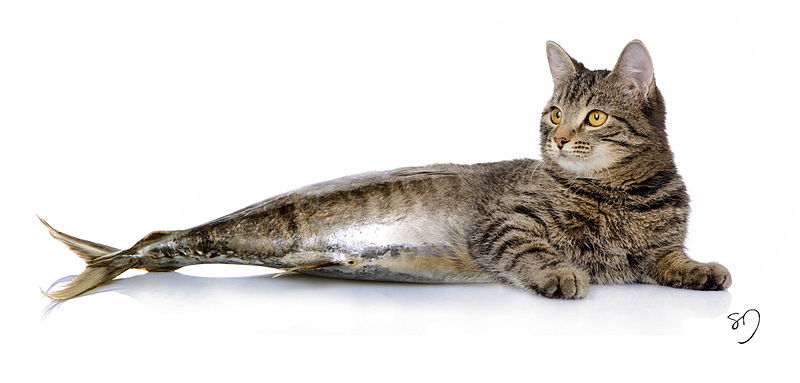
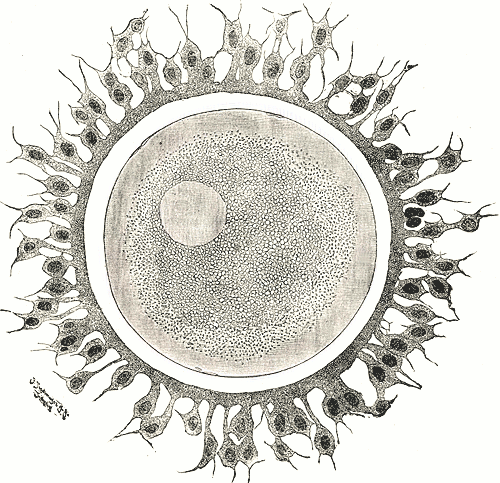
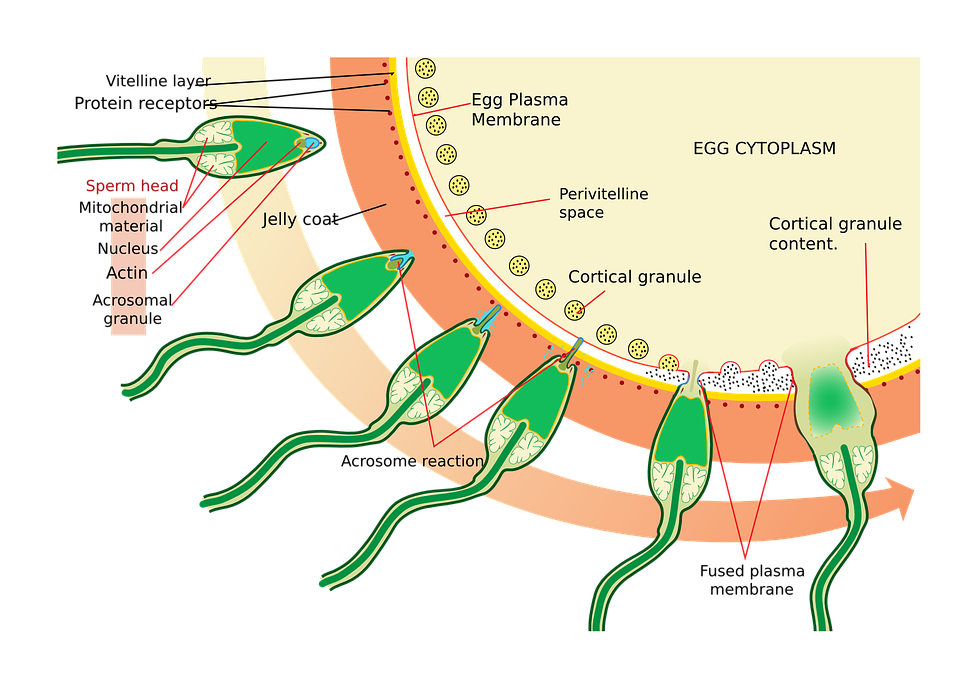
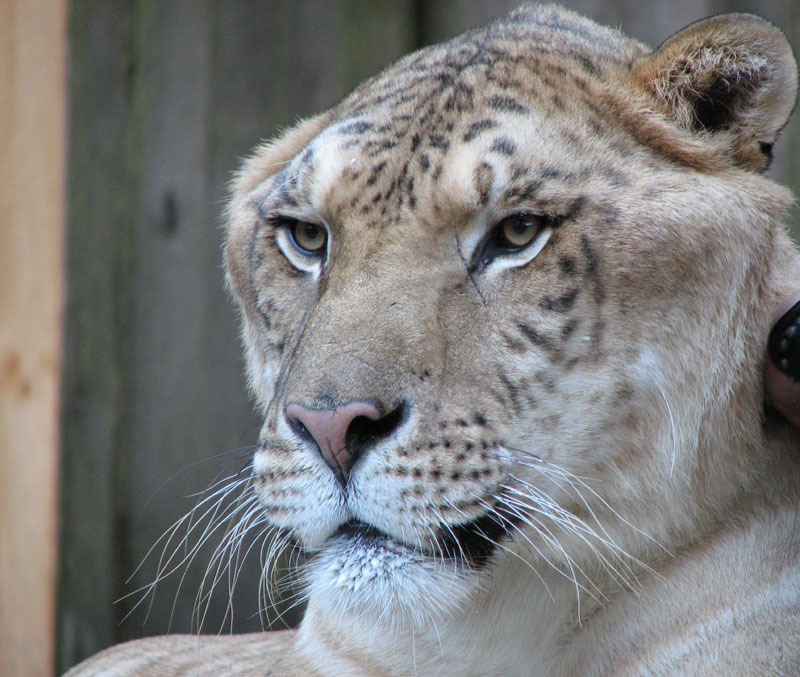
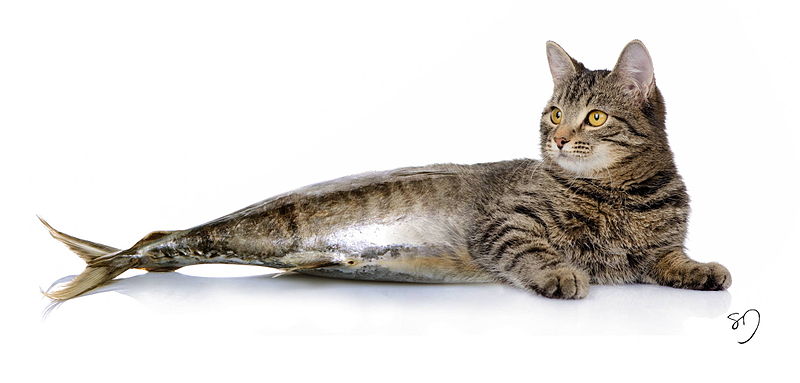
Recent Comments